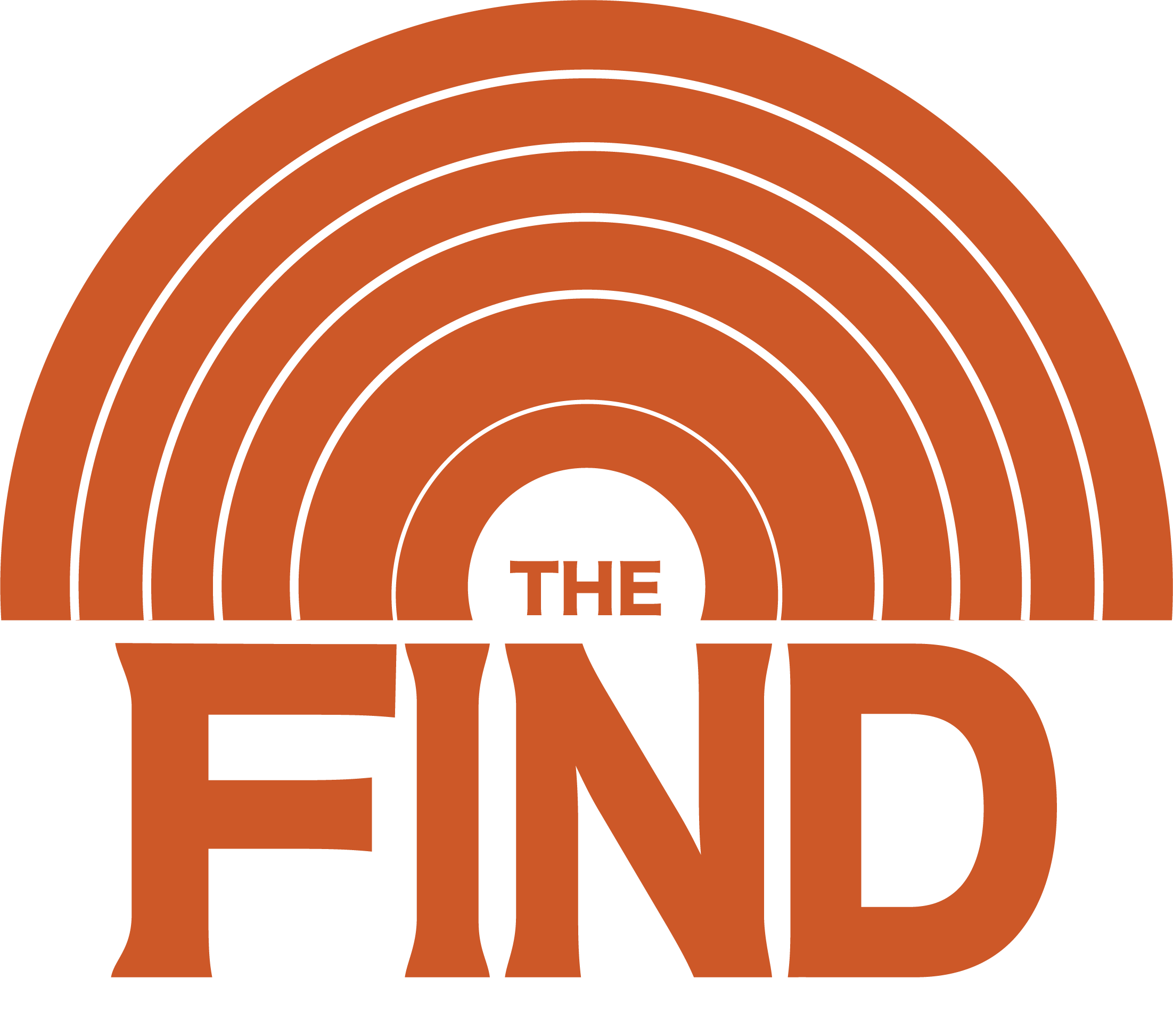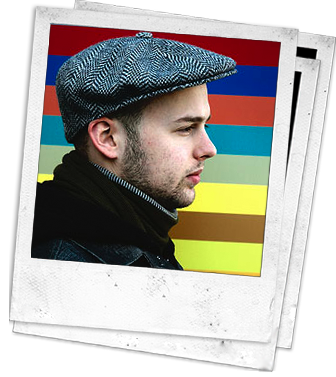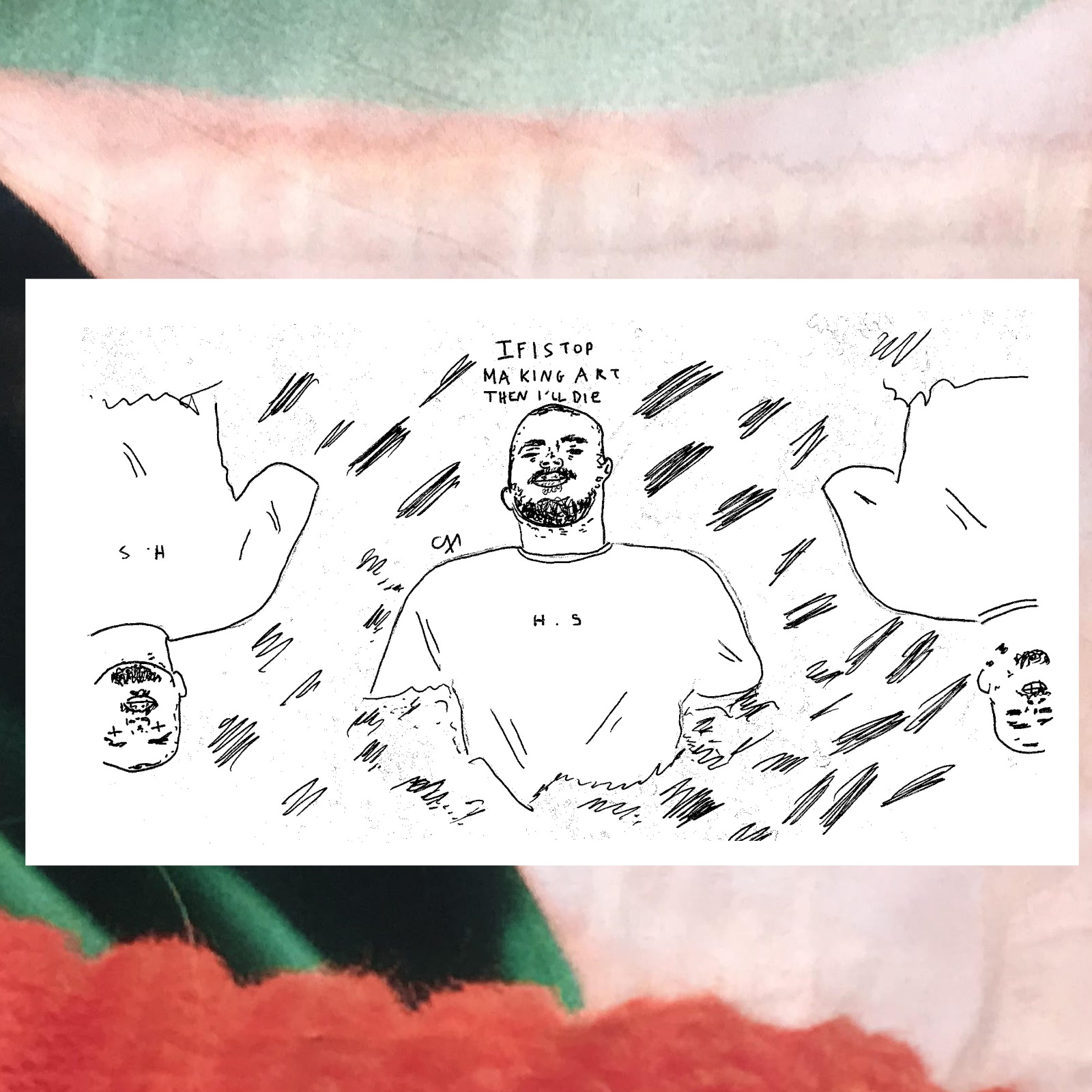Interview: Hank Shocklee (The Bomb Squad)
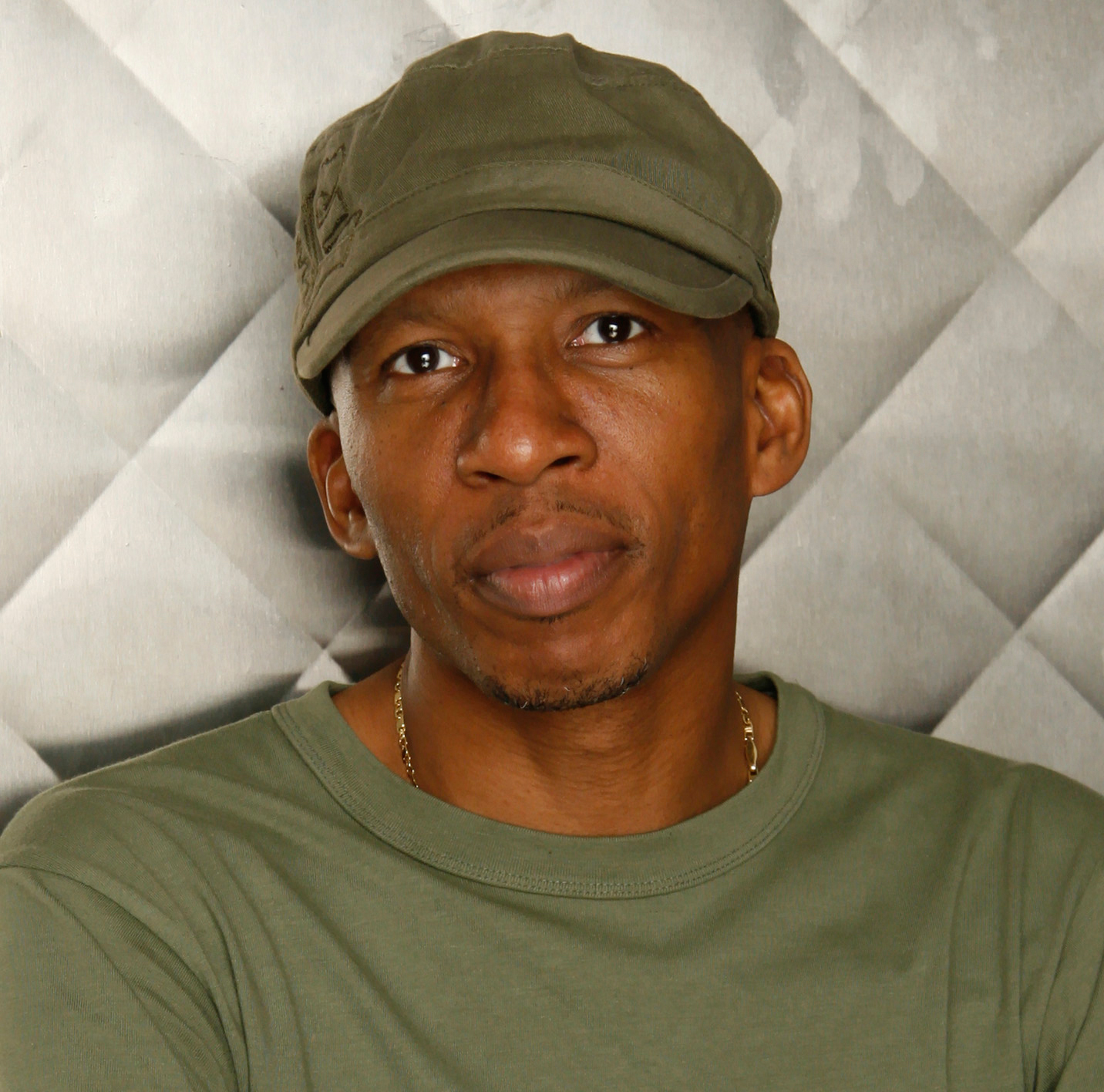
Music producer, composer, record industry executive and Rock & Roll Hall of Famer Hank Shocklee helped change the face of music. He turned the process, format, and technique of music production on its head. The vision of the co-founder of Public Enemy and The Bomb Squad is the development, insight, and need for change that is the impetus for exciting new sonics and frequencies.
What’s more, it is not just his bio, case examples, and technical skills that Hank Shocklee possesses. But also a keen sense of purpose that he shares. The Find talked with the producer about some of his insights on contemporary music and the path to the future.
(Words: Malik Qadr | Photo: Michael Benabib)
From starting in the music world by managing a heavy metal record store to becoming a concert promoter and radio DJ, to working within the record industry. Hank Shocklee shares how music fascinated him early in life: “I’ve been an avid music buyer since I was able to almost walk–since I was 5 years old. My parents gave me allowance money for doing little chores around the house and I’ve been buying and listening to records so intensely that it’s almost like I became a part of them. And so everything that I did in my entire life has been centered around records.”
Playing what was then the new music of the underground, hip-hop, Shocklee broke into radio with his friends, creating the Super Spectrum Mixx Show, one of the first radio shows to feature hip-hop music. Hip-hop radio shows lacked access to an abundance of commercial material to play on air, thus the Spectrum DJs began to create mix and production content for the show, gathering techniques as they created more material. It would seem that the logical next step would be in record production. “I never really wanted to be a record producer,” Shocklee reveals. ”It was kind of like thrust on me by accident when me and Chuck [D], and my brother Keith [Shocklee], had recorded a single under the name of Spectrum City.”
“It was in the early days, before hip-hop even really caught on. The music was still in the electro phase. And there was a producer by the name of Pinky Velazquez who produced the record. It was a very up-tempo record, I believe it was around 122 beats per minute. And it sounded like a dance record and I heard something a little bit different, I heard something a little slower, somewhere around 90 beats per minute.”
“We were making demos already for local artists that were around that tempo and we just wanted something that was going to represent what I thought was the streets at that moment. So they gave me an opportunity to do the B-side, which we produced, called Check Out the Radio. And that B-side had gotten more plays than the A-side! It showed me that if I wanted to do something in the music realm I would have to learn how to do it pretty much myself.”
The Bomb Squad
“I’m very interested in being the first at doing things. I don’t like being second or third. That’s why I don’t redo, repeat projects.” Spectrum City would become Public Enemy and the production crew The Bomb Squad. With the successes of PE and projects at Def Jam Recordings, Shocklee shares another first. “We got an artist that came over from Los Angeles by the name of Ice Cube. And I thought that it was interesting that Ice Cube would choose to come to the East Coast to make a record when there was such a divide between the East and the West Coasts in terms of sound, in terms of ideas.”
At the time the East Coast sound was faster and more aggressive. While in the West the sound was more laid back and melodic. Shocklee adds: “But there were some similarities there because we’re all coming from the street perspective and I also wanted in that project just to create a culture of unity. Or build a bridge between the East Coast and the West Coast so that it was no longer two different coasts in hip-hop.”
The Bomb Squad’s ethos of working together with an artist and creating exciting experiments caused them to be one of the most sought-after production teams. The Bomb Squad custom made material for the specific individual artist. Ranging from Public Enemy to Paula Abdul, Ice Cube to Lisa Stansfield, or from Peter Gabriel to Slick Rick. “I always looked at what we did as more being a tailor as opposed to going to buying your clothes off the racks in a department store. You have to know the personality of the artist and where the artist is trying to go. And the idea is to be able to take them on a journey where they want to go but do something that they wouldn’t have normally have done without you.”
“If you want to get to know somebody, just let them pick out their top ten records.”
“If you want to get to know somebody, just let them pick out their top ten records. I think that there’s so much more to music than we even think about. Because we’re just looking at it from a very small perspective–almost a two-dimensional perspective. But I think that music is multidimensional.” He gives an example from the creative stage of working on Cube’s debut solo album AmeriKKKa’s Most Wanted. “Once I allowed Ice Cube to go into the studio and pick out the records that he liked, then I can figure out a direction on where to go and to keep it true to what his environment is like. But at the same time give it a little something that his environment would not give.”
Is there a large difference in the workflow when working on different musical genres? “No, to me it’s all one and the same. I looked at James Brown as a rapper, I never really looked at him as an R&B singer,” he illustrates. “And I don’t think that anybody has ever classified James Brown as an R&B singer. I mean he dabbled in what was known as doo-wop when he first started. Crooning vocalist types of songs. To me, he was already doing what was known as rap. It’s just that it didn’t get the official stamp of approval until the Sugarhill Gang came.”
A case example of The Bomb Squad stretching the confines of musical genres, at the start of the 90s marking the end of the quiet storm era, is the album Poison by Bell Biv Devoe. The Bomb Squad were charged with creating a sound and feel for the remaining three members of the R&B boyband New Edition. “The R&B world wanted nothing to do with the hip-hop world. And some of the hip-hop world kind of rejected the R&B world. And that was the thing that kind of like brought it together. The hardest part was trying to make them go through the transition of being background singers to now being lead vocalists.”
Back to the Roots
Shocklee explains that he never stops with broadening his auditory palette and boundaries. “As the PE stuff started winding down and my time in the studio wasn’t as intense as it was, somewhere around in late 90s or early 2000, I started to go back over catalogs and genres that I’ve missed. I started listening to a lot of drum & bass and because I missed that era, and I didn’t really get it. And that era was was fantastic to me. And then I ran across this slower version of it and I believed I was buying a drum & bass CD, The Roots of Dubstep. I just thought that dubstep was a sub-genre of drum & bass. And then come to find out that this was just as fast but in cut-time.
“I think that the artistry of what those guys were doing is great. When you’re talking about Massive Attack, Drumsound & Bassline Smith and Goldie. Then I moved to Mala, Digital Mystikz, Skream and Benga. The stuff that these guys were doing was absolutely phenomenal! The way they chopped samples and used vocals and to give the textures and the flavors,” he says. “That just led me back to my original roots; back to dance music. Because I’m a fan of the music, the music that’s underground. And now I’m listening to techno, and I’m like, this shit is fucking amazing!”
“That’s when hip-hop kind of ended to me. When everything was 90 beats per minute and if you went two BPMs over that you’re no longer making hip-hop… It was like ‘okay, well this is now parroting itself as well.’ Now it resides in the boom-bap culture where everyone still listens to the old-school breaks and they’re still bopping their heads to something that, to me, is ancient.”
The Stagnation in Music
”The thing that ruined it for me, with for example rock & roll, was the fact that they never changed with the technology. It’s still a bunch of guitars, acoustic drums, and bass. And that to me, that format, it’s been so overused.”
“You can now hear that in rock–R&B went through the same kind of thing. It started to mimic itself. You couldn’t have any instruments or do any beat programming that was outside of what the traditional R&B records were. The same was going for hip-hop from the late 90s. That’s when hip-hop kind of ended to me. When everything was 90 beats per minute and if you went two BPMs over that you’re no longer making hip-hop… It was like ‘okay, well this is now parroting itself as well.’ Now it resides in the boom-bap culture where everyone still listens to the old-school breaks and they’re still bopping their heads to something that, to me, is ancient.”
“I got into [hip-hop] because it was fresh. Hip-hop was new, it was disruptive. The music allowed the artist to have more say in their art-form as opposed to singing, which had you using less and less words. A hip-hop artist could use more where they can create vivid landscapes. But then when it got to the point where it started eating itself, it forced me to go elsewhere.”
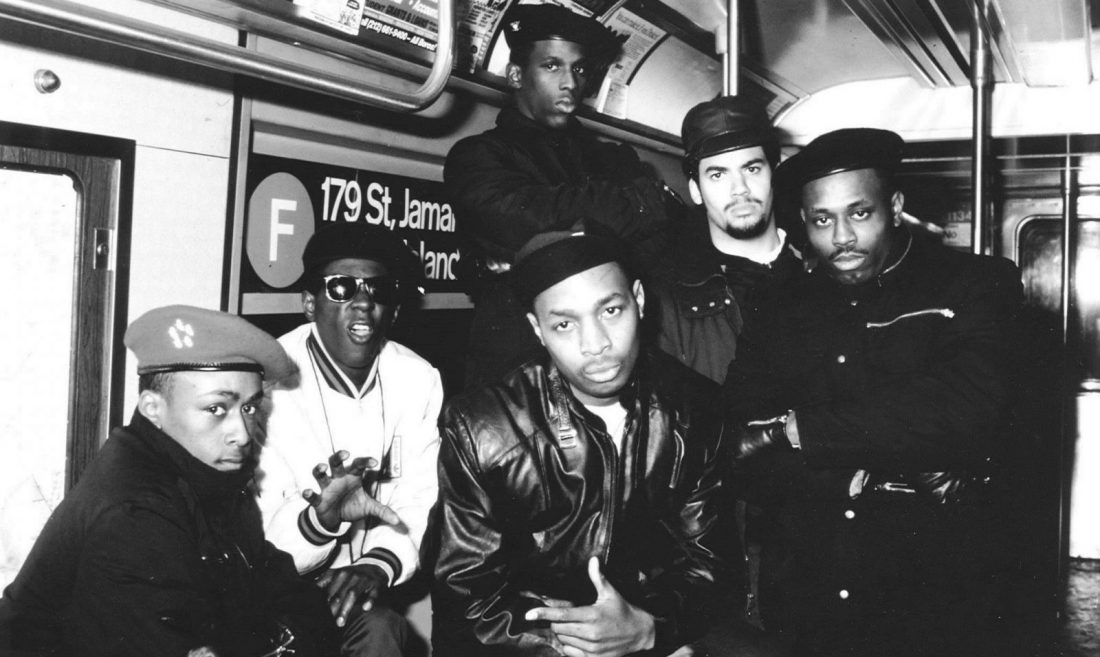
Changing the Game
“And then the technology came in,” he continues. “You have computers now that are doing all the stuff that we had to do by hand when we were making those records. Now you have the full automation, unlimited track counts… Sampling or live instruments, you can have MIDI… All this stuff is all working together to create any tapestry that you can possibly imagine! So you get new and inventive artists like, for example, Amon Tobin, Squarepusher, and now you get the likes of James Blake. And you get all these different artists that you wouldn’t have had before.”
There is unprecedented access to musical and multimedia tools that, until about 20 years ago, the average person did not have means to. Anybody could make a record and put it out right now. Shocklee: “That’s fantastic. But it creates this glut of product that comes out. So now there’s like millions of pieces of product coming out every hour. How does anyone cut through? Well, the trap art is figuring it out. They said ‘’okay we’re going to use less words and we’re going to repeat phrases. Basically we’re going to create hooks for every part of the record.’ The verse is a hook, the bridge is a hook, the chorus is a hook, the vamp is a hook–everything’s a hook.”
He places trap in a historical context: “That to me goes back to the 1950s when commercial music was just trying to gestate itself into the populist psyche. And so what did they have to do? they had to create jingles. And everything was a hook. So if you listen to the records from the 50s and you listen to trap records today, you find the similarities. Then you’ll appreciate the fact why this music is catching on to a younger demographic. Because it’s fitting their particular needs at this particular time.”
The Future Frequency
For anyone who’s been on any Shocklee’s social media profiles has run across the tagline “The Future Frequency”. His website speaks of creators, a nation of billions, that are on The Future Frequency: “We’re in our laboratories and our offices, our studios and our meeting places, the streets, and our homes. We’re online and offline. We’re seen and unseen, crafting new works, creating new formulas, composing future classics… Thinking new thoughts, challenging the status quo, fine-tuning skills, questioning systems, communicating ideas… We’re all acknowledging the past, preparing for the future and living in the present.” Indeed, Future Frequency has to do with actively setting up the future.
“I started collecting nothing but CDs and I got away from vinyl. I couldn’t understand why I was not getting the same emotional and physical feeling that I got from listening to vinyl. Or even cassette, for that matter.”
He shares what the catalyst was that sparked his inspired him to search for new directions. “I started collecting nothing but CDs and I got away from vinyl. I couldn’t understand why I was not getting the same emotional and physical feeling that I got from listening to vinyl. Or even cassette, for that matter. And so it kind of like led me on this quest of understanding ‘sound’ and what it actually is.”
The answer to that? “Everything that we do is based off a frequency, even light is a byproduct of frequency. And so is sound. If you look at the scale of the notes on a keyboard, you can map those scales in terms of frequencies to the same frequencies of colors. So when I started getting into this more deeply, you find out the deeper you go into this the deeper it becomes,” he describes, nearly in terms of a fractal expansion. “It all starts with the waveform,” he continues. “And this is why music has always been a backdrop for me and it’s never left me.”
Shocklee’s insights on progression and evolution are like a line from a song: seasons change and so does my mind. “And as human beings our creativity, so to speak, is the thing that’s going to save us from decay. The future is what’s going to make us stronger. We don’t have to look at the past and try to repeat those things. We could do some new things today. And it doesn’t even have to be music-related.”
